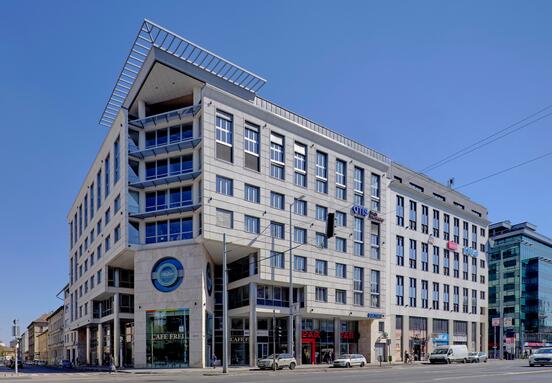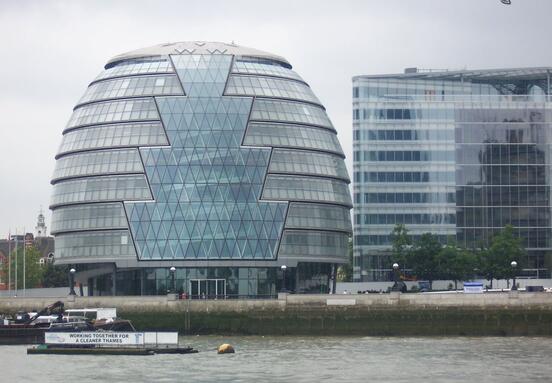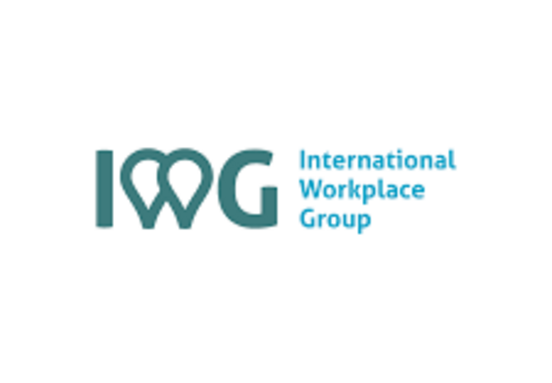The appeal of offices not only stems from the realisation that demand for this asset is here to stay, particularly in cities supported by strong transport infrastructure and high amenity values, but also the ease of large-scale capital deployment that office assets represent. The rising cost of construction, viewed by 4 in 5 (81%) investors as a pain point, limiting new builds, renovations, and retrofit projects amplify the race to core, and investors expect the stark imbalance between demand and supply will see core office values increase by up to, or more than 10% over the next 12 months.
“Based on our 2022 Global Investor Outlook, pent-up demand and delayed transactions will translate into momentum next year. However, investors face an increasingly complex and competitive marketplace, coloured by new regulations and COVID-19 uncertainties. With the amount of dry powder readily available, offices in Tier 1 cities are seen as safe haven assets that offer an attractive route to deploy capital,” said Tony Horrell, Head of Global Capital Markets at Colliers.
Investing with intent
This year’s report shows ESG (environmental, social, governance) considerations are prominent, with nearly 3 in 4 investors integrating environmental factors into their strategies. This desire to invest with intent is both a means of future-proofing their assets and responding to stakeholder and societal pressures requiring them to respond to the climate crisis.
Sustainability is creating a greater chasm between newer, high-quality assets in prime space and older, second-hand stock in city submarkets. To protect their portfolios, investors are concentrating on Grade-A buildings that prioritize sustainability and wellness credentials, while disposing of aging, non-compliant assets that risk potential obsolescence if they are not regarded as retrofit opportunities to capitalize. This recalibration of assets under management will drive market turnover.
“The built environment plays a critical role in the health of our planet, as reinforced at COP26,” said Luke Dawson, Managing Director, EMEA Cross Border Capital Markets. “Investors are adopting a more robust approach to sustainability-related risks in response to the pandemic, climate-related disruptions, and growing recognition of social inequality. As tenants increasingly demand space with strong ESG credentials and the number of ESG regulatory requirements continue to soar, we expect investors to prioritize these factors now to avoid holding stranded assets in the future.”
Partnership key to realizing diversified portfolios
The pandemic introduced new risks and heightened others for certain real estate assets. Investors are looking for more ways to ensure their portfolios are resilient and diversified, exploring specialized assets such as data centres, life science facilities, affordable and student housing that benefit from their strong ties to demographic and societal trends.
“Joint ventures, local partnerships and M&A strategies are great for savvy investors who want to get ahead. Alternative assets present compelling investment cases, but their unique characteristics make teaming up with the right partner essential. There’s a clear need for expertise to fill knowledge gaps and safely guide capital, particularly those in nascent sectors,” said Damian Harrington, EMEA Head of Research and Head of Global Capital Markets research.
Other EMEA key findings from the Colliers 2022 Global Investor Outlook include:
• Top three assets of choice include industrial & logistics, which is still unsurprisingly the top asset of choice, with 69% of respondents most likely to invest in this asset in 2022, followed by 57% in offices and 40% in multi-family.
• Europe’s hotel sector is once again on the investor radar thanks to a nascent revival of travel and tourism. But labour shortages have made the return of some hotels difficult. Repurposing hotels remains a trend that is attracting value-add players.
• Investors expect price increases in luxury retail, convenience and food-anchored assets. Traditional shopping centres will likely undergo a period of transition, with the repositioning of department stores a potential prelude to near and mid-term trends.
• Alternative segments attracting the most attention in Europe are life sciences, student housing, affordable housing and data centres. Life science market in Europe lags the U.S. and the data centre market is less mature compared to Asia, which can make it difficult to secure income-producing assets at scale.
• The office locations of choice are London (45%); Paris (30%); Berlin (30%); Munich (30%). Investors are looking at offices as a potential area where they can see returns versus the market.
• The survey shows multifamily/BTR assets gaining appeal, particularly among investors in the Nordics and Southern Europe. Traditional homeowners’ markets such as Poland are attracting significant interest as social and economic trends point to more people renting.
About the Colliers 2022 Global Investor Outlook
The second edition of our annual outlook for global property investors is based on a focused survey undertaken by 300+ investors across the globe and in-depth interviews with our regional Capital Markets leaders. The findings and opinions featured in the report are shaped by their responses.
Colliers








